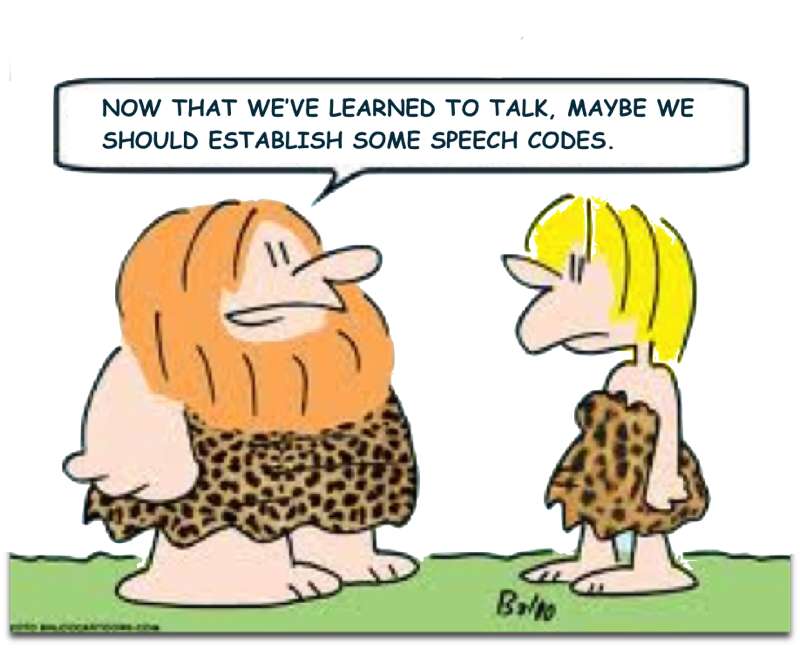1. What cultures are represented in the clip?
The scene takes place in a call center in India, where an American company ("Western Novelty") has just moved its phone sales operation. Todd, the American manager, has been sent over to oversee the operation and eventually transfer management to an Indian. It's evident in the film that Todd has no knowledge of Indian culture. The Indian workers in the call center have more familiarity with American culture in general, but many of the novelty items they are selling are unfamiliar and are often closely linked to aspects of US culture they are not likely to know much about ( backyard barbecue, sports teams, etc.)
2. What problems are the sales representatives having?
The company wants to speed up the "MPI" (minutes per incident), i.e. the average call from 12 minutes to six. The whole reason the company is there is to improve their profit margin so greater efficiency is essential. There have also been customer complaints, which according to Todd are due to "a culture thing": "You people need to learn about America". He suggests that they engage in "small talk" to build a relationship with the customer that will put the customer at ease and help the worker learn more about America. One of the topics covered in this unit is communication styles - how one uses language in different contexts, which is something that varies across cultures.
3. What does the clip have to say about English as a national language?
Todd wants the workers to sound like they are "native English speakers" but the Indians protest that they are native English speakers. However, they speak a different version of English. English is only one of several hundred languages spoken in India. The other official national language is Hindi. There are not only many languages, but they belong to a variety of language families: Indo-European (Hindi, English), Dravidian (Tamil, Telugu), Austro-Asiatic and Tibeto-Burman.
4. Why is it important for Chicago to be pronounced with a nasal twang?
What Todd really wants is not just a native English accent, but a distinct American English accent. There are a variety of accents and dialects in the United States, from Southern twang to Californian valley girl talk. The use of a mid-western accent (not necessarily a Chicago accent) is often seen as "neutral" American English. Phonetically, what Todd wants is not the standard pronunciation of Chicago, which in the International Phonetic Alphabet would be [ʃɪkago] but rather [ʃɪkɔgo], i.e. 'shi-KAW-go' - he thinks this, along with the weather info ("windy") would convince customers that the call center is US-based. This proccess of adapting one's use of language to that of the interlucoter is known as accomodation or convergence, a process intended to smooth communications and put the other person at ease.
5. Besides pronunciation, what other differences are demonstrated in the varieties of English used?
There is confusion about the word "rubbers", which in British English means erasers, but has an altogether different, and in this case, unfortunate meaning in American English, namely condoms. There is also some confusion in the scene between the British expression "flat" and the American English equivalent "apartment", occasioned by the confusion between "condom" and "condominium". The mixups demonstrate that even within the same language, miscommunication is possible, particularly, as here, in the intersections of language and culture.
